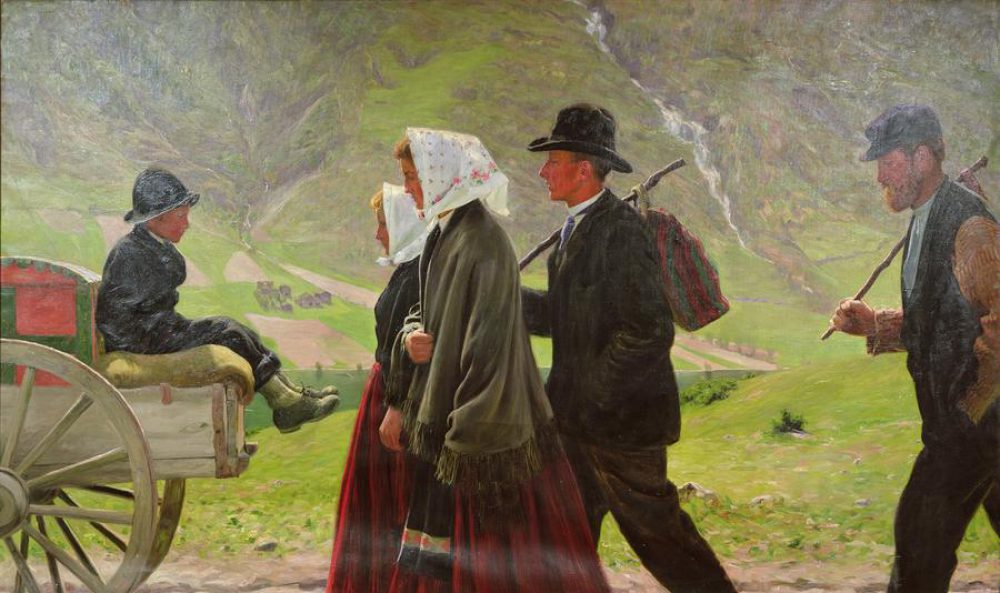Review by Devin Grier
On 31 October 2017, the Graduate Workshop welcomed Meg Foster of the University of New South Wales. Her current PhD research examines the legacy of Australia’s infamous bushrangers. Her focus on Black Douglas, a bushranger of African descent, challenges the identity of the bushranger in Australian myth and folklore.

McFarlane & Erskine, Gold escort attacked by bushrangers, 187-, print: lithograph. Image courtesy of the National Library of Australia: nla.pic-an842045
The legacy of the bushranger in Australia is often associated with the vigilant white man, a figure who challenged law and authority, and blurred the distinctions of those who ruled the land. As with the Californian Gold Rush, the gold-seeking communities in Australia experienced disorder and crime.
In May 1855, reports circulated that a gang, led by a black man, was terrorising the small mining community of Marybourgh in Victoria. The locals responded with an uprising; a group of vigilantes succeeded in capturing the notorious black outlaw, known as ‘Black Douglas”.The capture of Black Douglas was widely celebrated by the press as a outstanding example of vigilance at work.
Douglas’s physical features soon became synonymous with crime in the goldfields and in the bush. The colour of his skin represented trouble — ‘black’ was enough to label him as a criminal. In turn, Black Douglas became a celebrity. Not only was he blamed for every unsolved crime in the gold fields, but it was even considered a mark of distinction to have a run-in with the man himself. With a focus on Douglas, disorder during Australia’s Gold Rush became colour-coded.
Meg’s research has attempted to dislocate the myth from Douglas’s reality. While his exact origins are unknown, it is suspected that he was American-born and sailed to Bristol in his early twenties. After a short stay in Britain, Douglas was subsequently shipped to Australia as a convict for shoplifting two woolen coats.
Although he was accused of murder, robbery, and trespassing during his lifetime, Douglas’s criminal record does not convey violent man. Rather, as Meg revealed, contemporary sources portray him as a drunkard, a depiction far removed from the dangerous dark figure who haunted the gold fields.
In the goldfields of Australia, it was easy to forge new identities. Miners and bushrangers disassociated themselves from their past and reinvented themselves. But on closer examination, the myth and reality of Douglas’s identity are almost inseparable. He was ‘a symbol, more than a man’; his skin colour had everything to do with it.
